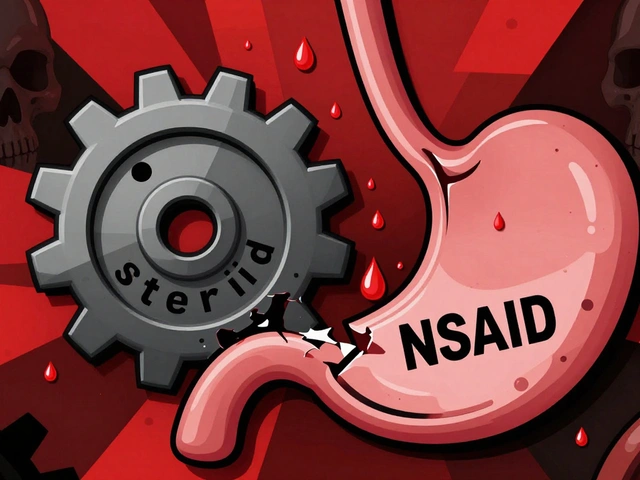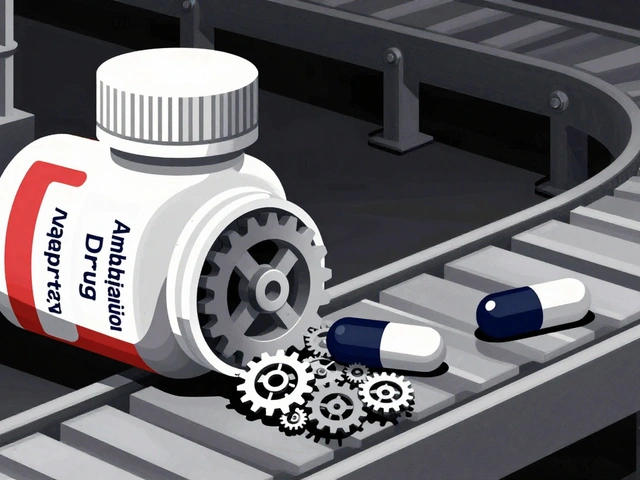Therapeutic Substitution: When Switching Medications Makes Sense
When your doctor switches your medication for another that does the same job, that’s therapeutic substitution, the practice of replacing one drug with another that has the same therapeutic effect, often to reduce cost or improve tolerability. Also known as drug substitution, it’s not just a cost-cutting trick—it’s a real clinical tool used every day in hospitals, clinics, and pharmacies to keep treatment effective and affordable. This isn’t about random swaps. It’s about matching drugs that work the same way in your body—like switching from brand-name Lipitor to generic atorvastatin, or swapping one antidepressant for another in the same class. The goal? Same result, fewer side effects, or lower price.
But not all substitutions are safe. Some drugs look alike but act differently. For example, swapping one antifungal, a type of medication used to treat fungal infections like athlete’s foot or yeast infections for another might seem harmless, but combining certain antifungals with statins can trigger dangerous muscle breakdown. That’s why drug interactions, harmful effects that happen when two or more medications react inside the body matter just as much as the drug itself. Your body doesn’t care if the pill is generic or brand-name—it reacts to the active ingredients. That’s why pharmacogenetic testing, a genetic test that shows how your body processes certain drugs is becoming more common. If your genes make you extra sensitive to warfarin or citalopram, a simple substitution could prevent a hospital visit.
Therapeutic substitution shows up everywhere in real-world care. From switching benzodiazepines, a class of sedatives often prescribed for anxiety or insomnia, especially in older adults to safer alternatives for seniors, to swapping one antiplatelet, a drug that prevents blood clots, often used after heart attacks or stents for another in heart patients, it’s a daily decision. But it’s not always obvious. A drug might work fine for someone else but cause swelling, hair loss, or QT prolongation in you. That’s why knowing your own history matters—what worked before, what didn’t, what side effects you’ve had.
The posts below cover real cases where therapeutic substitution made a difference—sometimes saving money, sometimes preventing harm, sometimes just making life easier. You’ll find comparisons between common drugs like sildenafil and tadalafil, statins and antifungals, nasal sprays and antihistamines. You’ll see how genetics, age, and other meds change what’s safe. This isn’t theory. It’s what doctors and patients deal with every day. Read on to find out which swaps are smart, which to avoid, and how to talk to your provider about your options.

Institutional Formularies: How Hospitals and Clinics Control Drug Substitutions
Institutional formularies are hospital and clinic systems that control drug substitutions to improve safety and reduce costs. Learn how they work, who makes the rules, and why they sometimes confuse patients and providers.
read more




